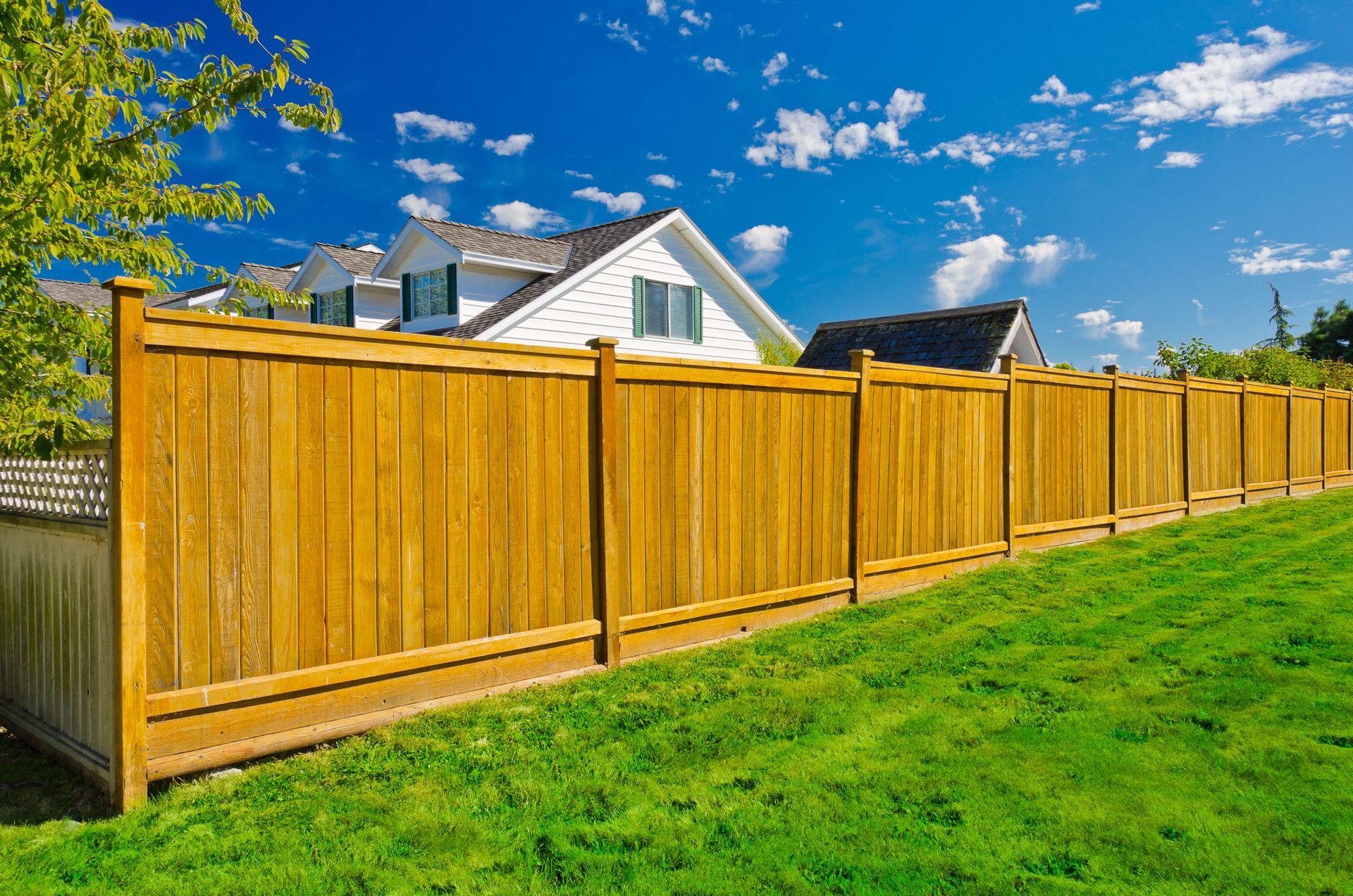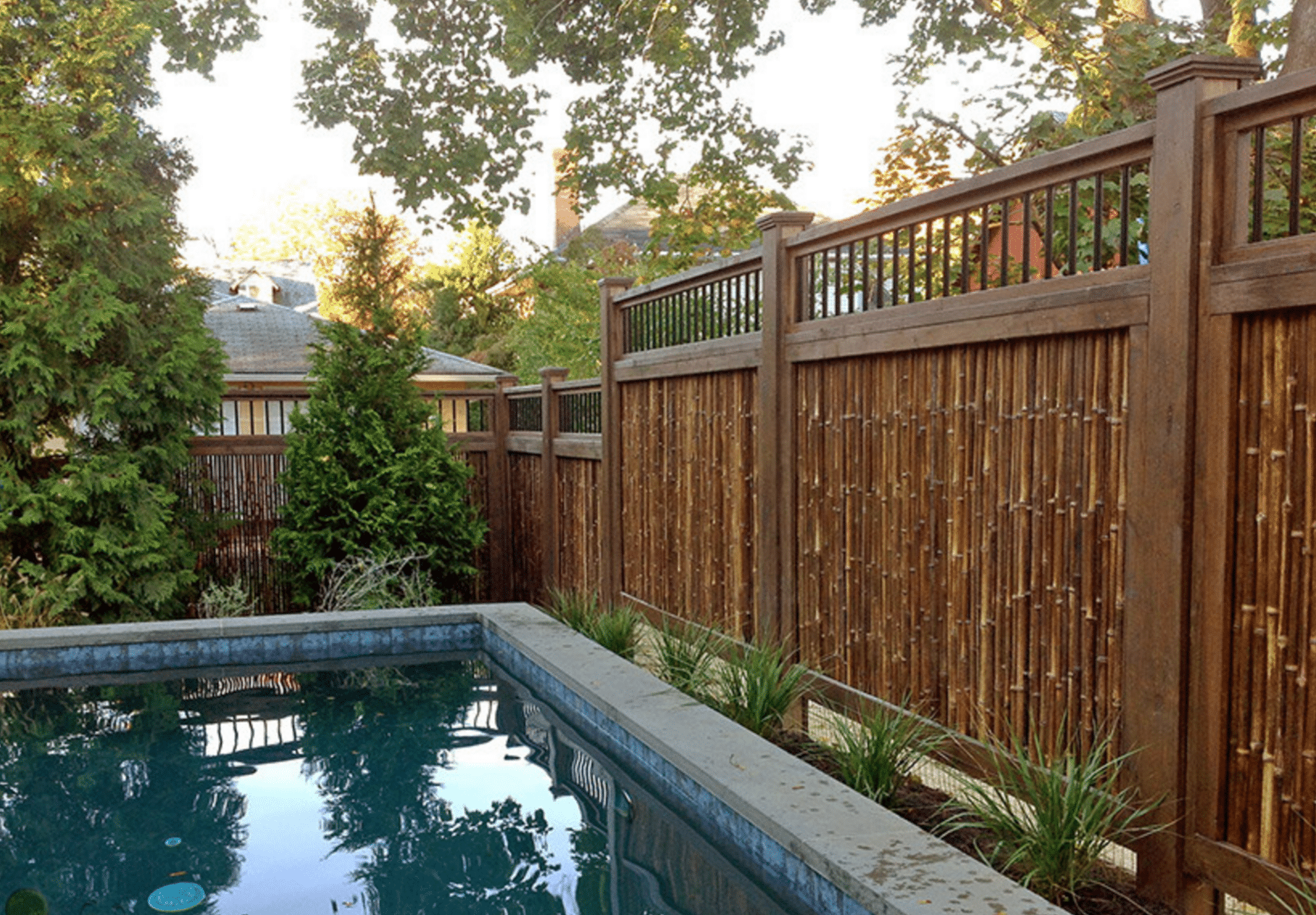All Categories
Featured

As property owners and services alike end up being extra environmentally conscious, finding environment-friendly and lasting secure fencing products is an essential factor to consider. Whether you're wanting to construct a fencing for privacy, protection, or visual allure, selecting products that minimize your environmental footprint can aid secure the planet. In this post, we will certainly discover numerous environment-friendly fencing options, each offering distinct benefits for your residential property and the environment.
- Bamboo Secure Fencing: A Renewable Resource. Bamboo is widely recognized as one of one of the most sustainable and eco-friendly fencing products offered today. As a grass as opposed to a tree, bamboo expands quickly and can get to complete maturation in simply 3 to 5 years, making it a very sustainable source.
Environmental Benefits: Bamboo takes in much more co2 than several various other plants, aiding offset greenhouse gases. In addition, bamboo needs very little chemicals and fertilizers, making it a healthier choice for the environment. Durability: Properly treated bamboo is resistant to pests and wetness, indicating it can withstand the aspects far better than other wood options. Visual Allure: Bamboo offers a clean, modern look that functions well with different landscape design designs, from exotic gardens to contemporary urban layouts. While bamboo secure fencing is resilient, it does call for appropriate treatment to maintain its longevity, such as regular cleansing and routine sealing.
- Recycled Wood Fencing: Giving New Life to Old Materials. Recycled timber is a superb environment-friendly choice for those who want the natural appeal of timber fencing without adding to deforestation. This product is usually sourced from old buildings, pallets, or other repurposed wood items, decreasing the demand for recently gathered lumber.

Environmental Advantages: Making use of redeemed timber helps in reducing the demand to cut down new trees and can additionally avoid valuable products from ending up in landfills. Resilience: Relying on the type of timber and treatment it obtains, recycled wood fences can be equally as resilient as new timber, specifically if maintained properly with sealers and weatherproofing. Aesthetic Charm: Recycled timber fencings carry a rustic appeal and can be tarnished or repainted to fit your personal style. The primary factor to consider with recycled timber is its upkeep. Gradually, wood can end up being susceptible to rot, insect damages, and weathering, so normal maintenance is needed to extend the life of your fence.
- Metal Secure Fencing: Recyclable and long lasting. Light weight aluminum and steel fence, particularly when sourced from recycled materials, offers a strong, environment-friendly option to conventional wood secure fencing. These steels are 100% recyclable, indicating they can be repurposed forever without losing quality.

Ecological Advantages: Steels like light weight aluminum and steel decrease the need for new mining and basic material extraction, both of which have significant ecological influences. Additionally, recycling steels requires less power contrasted to creating brand-new metal from basic materials. Resilience: Steel fences are incredibly solid, resistant to weathering, and call for little maintenance contrasted to wood alternatives. Aesthetic Appeal: Steel fences can be designed in sleek, modern-day styles, or even more standard looks, providing convenience for any property. While metal fencings are low-maintenance and sturdy, they are not as effective at supplying personal privacy contrasted to wood or plastic alternatives as a result of the areas in between the bars or slats.
- Living Fencings: All-natural and Eco-friendly. Living fences, made from dense bushes, shrubs, or trees, supply a natural and eco-friendly option to traditional fence. Not only do they produce a privacy barrier, but they likewise add to the environment by sustaining wild animals and enhancing air high quality.
Environmental Benefits: Living fencings take in co2, enhance dirt high quality, and supply habitats for birds and various other wildlife. Furthermore, they reduce noise contamination and improve air quality by filtering toxins. Durability: While living fences call for even more upkeep than other materials (e.g., pruning, watering), they can be incredibly durable if correctly kept. Aesthetic Appeal: Living fences create an attractive, natural limit that enhances the landscape and offers a organic and special look compared to conventional secure fencing alternatives. The essential downside of living fences is that they need continuous maintenance and care, including regular cutting and insect control.
- Hemp Secure Fencing: Lasting and solid. Hemp is a fast-growing and renewable plant that can be utilized to create strong, eco-friendly secure fencing. Hemp fencing is made from all-natural hemp fibers, which are long lasting, eco-friendly, and immune to insects.
Environmental Benefits: Hemp proliferates and requires little water or chemicals. It also assists withdraw carbon, reducing greenhouse gases in the ambience. When the fencing is no longer required, hemp is biodegradable and can be composted. Sturdiness: Hemp is normally resistant to mold and pests, which helps it withstand different weather and avoid the use of severe chemicals. Sustainability: Hemp farming is much less resource-intensive compared to various other plants and assists preserve soil wellness via crop turning. Hemp fencings are a relatively new choice on the market, and they might not be as commonly available as other materials. In addition, they may not be as generally made use of for high-security applications.
Verdict: Choose Eco-Friendly Secure Fencing for a Sustainable Future. There are numerous environmentally friendly fence products to consider, each offering unique benefits for your building and the atmosphere. Whether you choose bamboo, recycled wood, metal, living fences, or hemp, each option allows you to produce a attractive and practical limit while reducing your environmental impact. By picking lasting materials, you add to a greener future and support the expanding activity toward liable building and construction and landscaping techniques.
Latest Posts
Find Out Reduce Expenses on Car Maintenance with Montclare Auto Repair’s Exclusive Deals
Published en
1 min read
Reliable Industrial Roofing Solutions by Weathercraft
Published en
1 min read
Learn Why Chicago Drivers Prefer Montclare Auto Repair for Dependable Service and Significant Savings
Published en
1 min read
More
Latest Posts
Find Out Reduce Expenses on Car Maintenance with Montclare Auto Repair’s Exclusive Deals
Published May 25, 25
1 min read
Reliable Industrial Roofing Solutions by Weathercraft
Published May 24, 25
1 min read
Learn Why Chicago Drivers Prefer Montclare Auto Repair for Dependable Service and Significant Savings
Published May 23, 25
1 min read